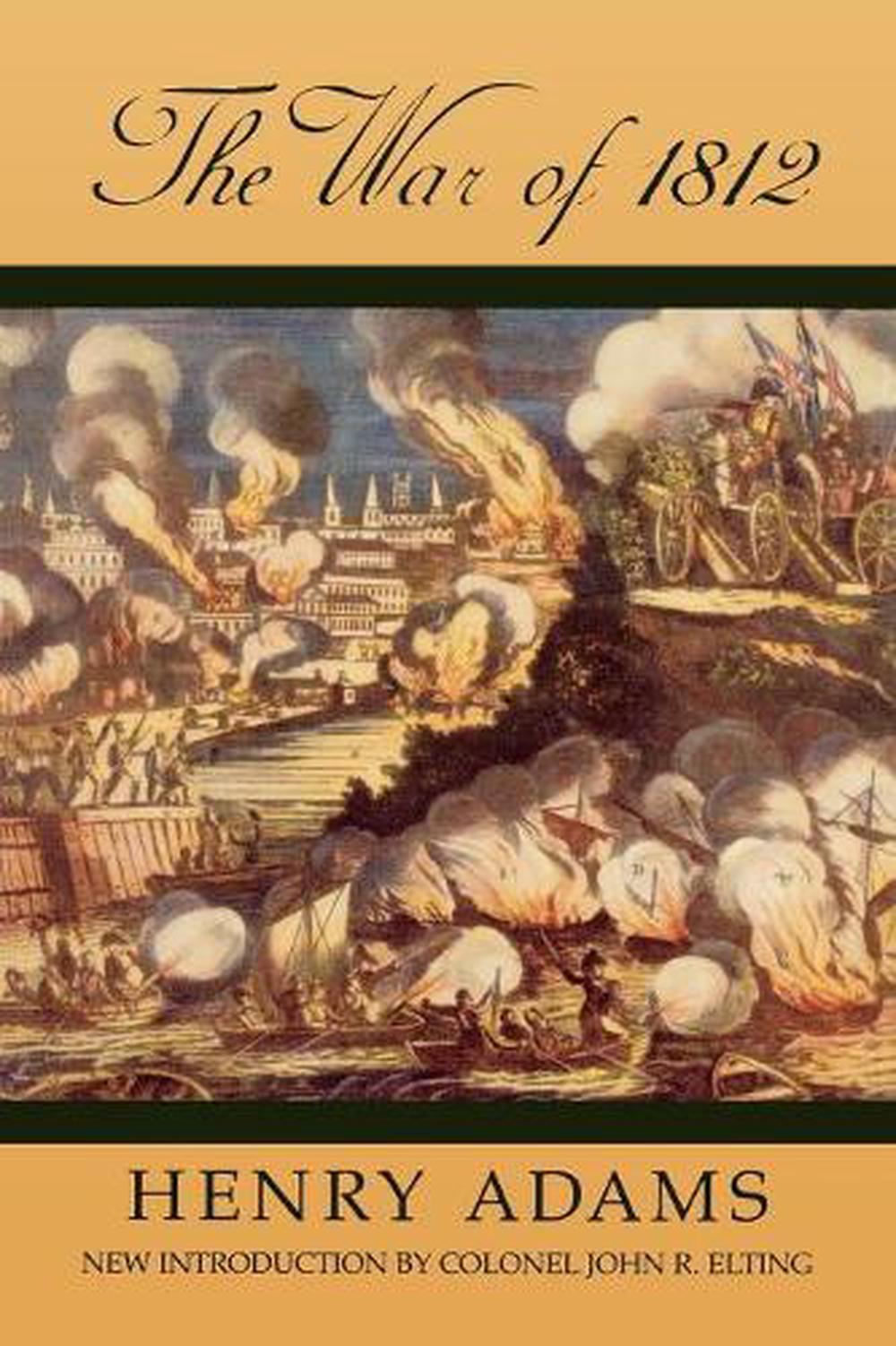

Within half an hour, the British, who had appeared to be on the brink of victory, had no choice but to surrender. Perry then steered the Niagara alongside the ailing Detroit, unleashing a devastating wall of iron and fire. Upon boarding the Niagara, he assumed command, sending her captain, Jesse Duncan Elliott, off in the rowboat with orders to redirect three American schooners. Perry turned over command of the Lawrence to his injured lieutenant and took a rowboat through a fifteen-minute gauntlet of bullets, grapeshot, and cannon fire. Despite the intense firefight between the American and British ships around it, the Niagara had sustained little damage. Perry turned his eyes to the USS Niagara, a ship equal in size and firepower to his shattered Lawrence. He knew that ceding the day would spell disaster for the American war effort against the British in the Great Lakes. Perry faced a choice: surrender or find a way to continue to fight. The Lawrence’s guns had ceased to work, leaving the flagship of the American squadron defenseless. Broadside after broadside had made the air thick with a pungent combination of ash and burning flesh. No amount of sand spread on the decks could soak up the blood that ran freely from the mangled and missing limbs of his men. British cannon balls and grapeshot lobbed across the murky waters of Lake Erie by the HMS Detroit and her sister ships had torn his brig and crew to pieces. Just after two o’clock in the afternoon on September 10, 1813, Master Commandant Oliver Hazard Perry was one of the few men still standing-or even alive-on the USS Lawrence. Article below originally published in 2013 by the National Endowment for the Humanities:


 0 kommentar(er)
0 kommentar(er)
